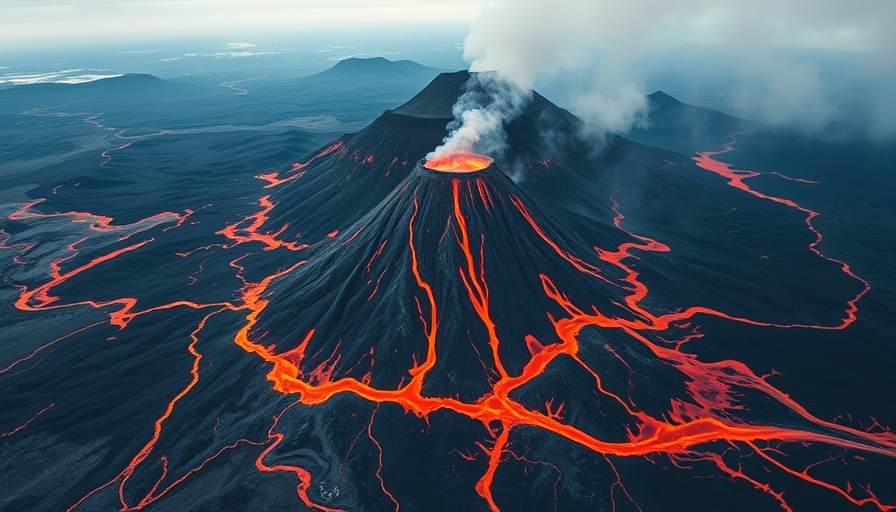
The Allure of Volcano Tourism
In recent years, volcano tourism has skyrocketed in popularity, drawing thrill-seekers and nature enthusiasts to the awe-inspiring sights of eruptions and lava flows across the globe. From Iceland’s Fagradalsfjall to Hawaii’s Kilauea, adventurers are captivated by the raw power of nature. These magnificent geological events have become a significant aspect of adventure travel, where the beauty of fiery eruptions meets the thrill of uncertainty.
Understanding the Risks of Volcano Tourism
While the appeal of witnessing a volcanic eruption firsthand is undeniable, safety concerns come to the forefront for many prospective travelers. A recent eruption at Mount Etna in Italy highlighted the potential dangers, as a "lava fountain" sent tourists scrambling for safety. Such incidents raise questions about preparedness and awareness in the face of Mother Nature's unpredictability.
Experts recommend that travelers engage in thorough research before embarking on their volcano adventures. Knowledge of the location's history of eruptions, the safety measures in place, and guidance from local authorities can greatly enhance the experience while mitigating risks. According to geological surveys, there are crucial statistics about volcanic activity that inform how safe a visit might be, and tourists must be equipped with this knowledge.
How to Experience Volcanoes Safely
Travelers can still indulge their curiosity while prioritizing safety. Here are some vital strategies for enjoying volcano tourism without compromising security:
- Guided Tours: Join organized excursions led by knowledgeable guides who understand the terrain and geological activity. These experts can provide critical insights and maintain safety protocols.
- Stay Informed: Follow local news and geological updates, which include information on volcanic activity and possible evacuation procedures. Heeding warnings and advice from authorities can be life-saving.
- Protective Gear: Wear appropriate clothing such as sturdy hiking boots and masks to guard against ash inhalation and other hazards associated with eruptions.
- Respect Nature: Always keep a safe distance from volcanic sites. Ropes and barriers are often put in place for a reason—to protect visitors from the dangers of lava flows and toxic gases.
Communicating the Experience
Travelers often share their experiences through social media, capturing nature’s dramatic displays for all to see. However, it’s essential to communicate responsibly about the risks associated with volcano tourism. Posting images of adventurous behaviors near hazardous conditions may encourage others to disregard safety, undermining the serious nature of volcanic activity.
Future Trends in Volcano Tourism
With a steady increase in interest, the future of volcano tourism may also include enhanced safety regulations and advanced warning systems to protect travelers. With the rise of technology, tools like drone surveying could allow for real-time monitoring of volcanic activity, providing tourists with live updates and information to enhance safety.
Embracing the Experience Responsibly
Ultimately, volcano tourism offers a unique opportunity to connect with nature in its most elemental form. While the excitement of witnessing an eruption can be intoxicating, potential travelers must take proactive steps to ensure their safety and that of others. Traveling with accountability and preparedness is the best way to appreciate the beauty of volcanoes while mitigating inherent risks.
Conclusion: Prioritize Safety in Volcano Adventures
As the world continues to explore the wonders of nature, volcano tourism stands as a testament to humankind's curiosity and thrill-seeking spirit. By prioritizing safety, travelers can experience the mesmerizing beauty of erupting volcanoes without compromising their well-being. Remember, responsible tourism is key to enjoying the fiery landscapes that captivate our imagination.
 Add Row
Add Row  Add
Add 



 Add Row
Add Row  Add
Add 
Write A Comment